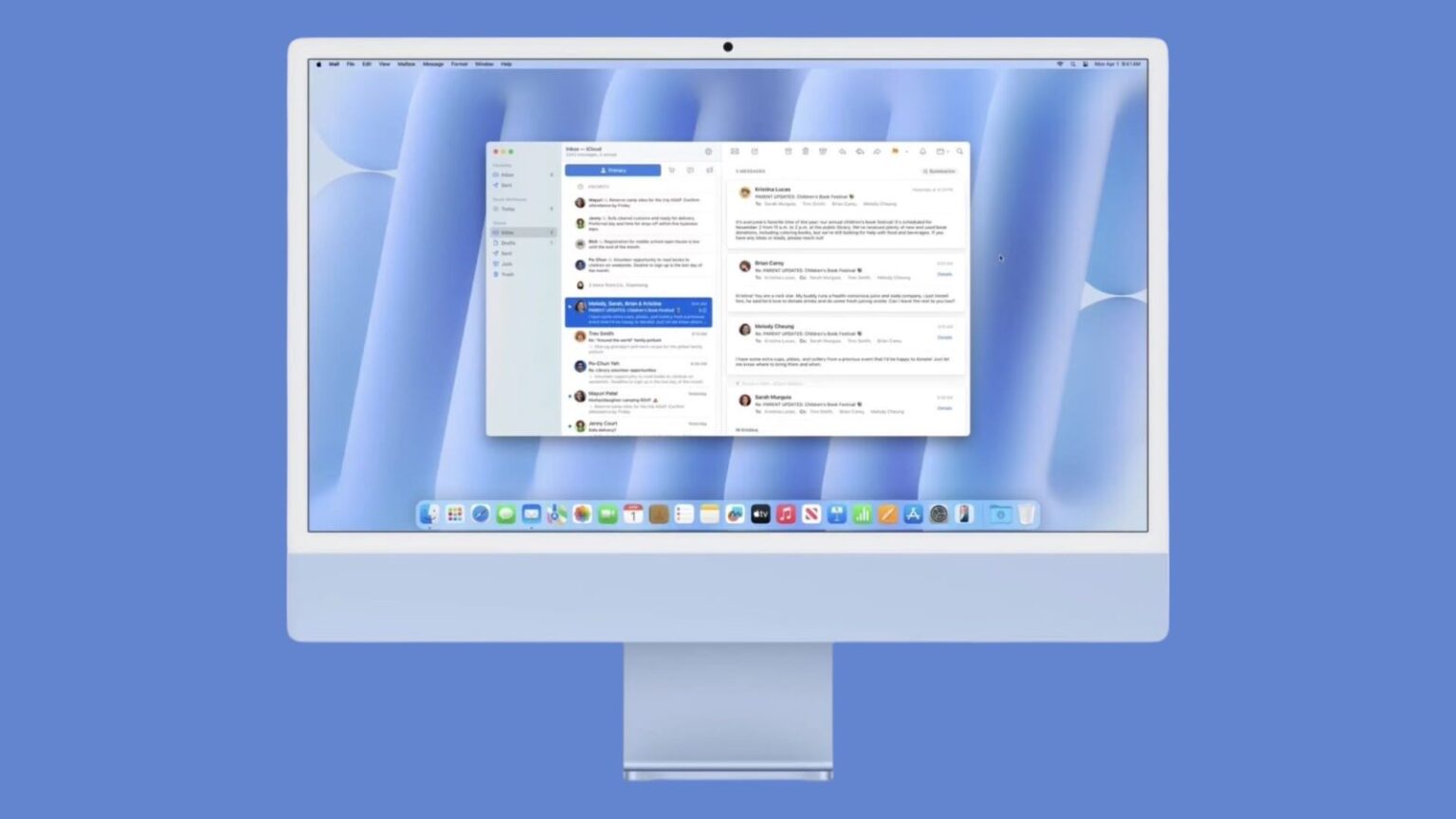Apple’s latest macOS update, Sequoia 15.4, brings a subtle but meaningful upgrade to one of the most frequently used apps on the Mac: Mail. Powered by Apple Intelligence, this release introduces AI-based categorization for incoming messages, a feature already available on iOS that now makes its way to the desktop. While it won’t completely overhaul how you use email, it offers a more streamlined and focused way to manage high-volume inboxes — especially helpful for enterprise users or anyone looking for smarter sorting.
So how does this AI-powered system work? Upon updating to macOS 15.4, your Mail app will begin automatically sorting emails into five built-in categories:
- Primary – For personal and time-sensitive emails, such as those from friends, family, or important work contacts.
- Transactions – Emails related to purchases, invoices, and bank notifications.
- Updates – Subscription notices, newsletters, and other general alerts.
- Promotions – Marketing content and coupon-heavy messages.
- All Mail – A traditional view of every message, regardless of category.
This system can help reduce inbox noise by prioritizing what matters most and nudging less important content out of view — without deleting or auto-filtering it away entirely.
To navigate between categories, simply click on the label at the top of your inbox and choose the one you want to view. This dynamic interface can be toggled with just a few clicks, making it easy to jump between focused views or switch back to a unified inbox if needed.
Want to turn categorization off? Apple’s made it easy. Tap the three-dot icon above the inbox pane and choose to disable categorization. You’ll then revert to the classic chronological inbox display. This option is helpful if the AI’s assumptions don’t align with how you manage messages.
While the system’s automation is helpful, it’s not infallible. If you find emails ending up in the wrong place, you can retrain the algorithm manually. Command-click on a message and choose “Categorize Sender” to assign that contact to a more appropriate group. This adjustment will help future messages from the sender land where they belong.
However, one current limitation is that you can’t create your own custom categories. If you want finer-grain control over your inbox, the workaround is to use Smart Mailboxes, which let you filter mail based on contact, subject, or keywords. While these aren’t tied into Apple Intelligence, they do offer added flexibility if you need something beyond the default AI groupings.
Apple’s email categorization also supports non-English languages, thanks to the broader rollout of Apple Intelligence in this update. Languages supported now include Chinese, Spanish, French, German, Portuguese, Japanese, and Korean, along with localized English for India and Singapore — making this feature useful for a more global audience.
Beyond categorization, macOS 15.4 also introduces Digest View, a new way to view all emails from a single sender as a unified thread. This can be particularly useful for managing messages from companies or organizations that tend to flood your inbox. You’ll also see contact photos in your inbox list for quicker visual recognition — a minor but helpful touch carried over from Apple’s Messages app.
In addition to Mail improvements, this macOS release also includes enhancements like Sketch style in Image Playground, Memory Movie customization in Photos, and over 50 security patches that address vulnerabilities across the OS, Safari, and WebKit. The security updates alone make a strong case for upgrading, especially if you handle sensitive data or work in a business environment.
There may be some post-installation bugs, especially with driver extensions. If peripherals aren’t working as expected after the update, you can disable and re-enable affected extensions under System Settings > General > Login Items & Extensions — a restart usually resolves these issues.
While Apple’s Mail categorization still has room to grow — especially around user-created categories — it’s a strong first step toward using machine learning to tame the inbox chaos. If you haven’t yet explored these features, they’re now just a few clicks away on any Mac running macOS 15.4.





